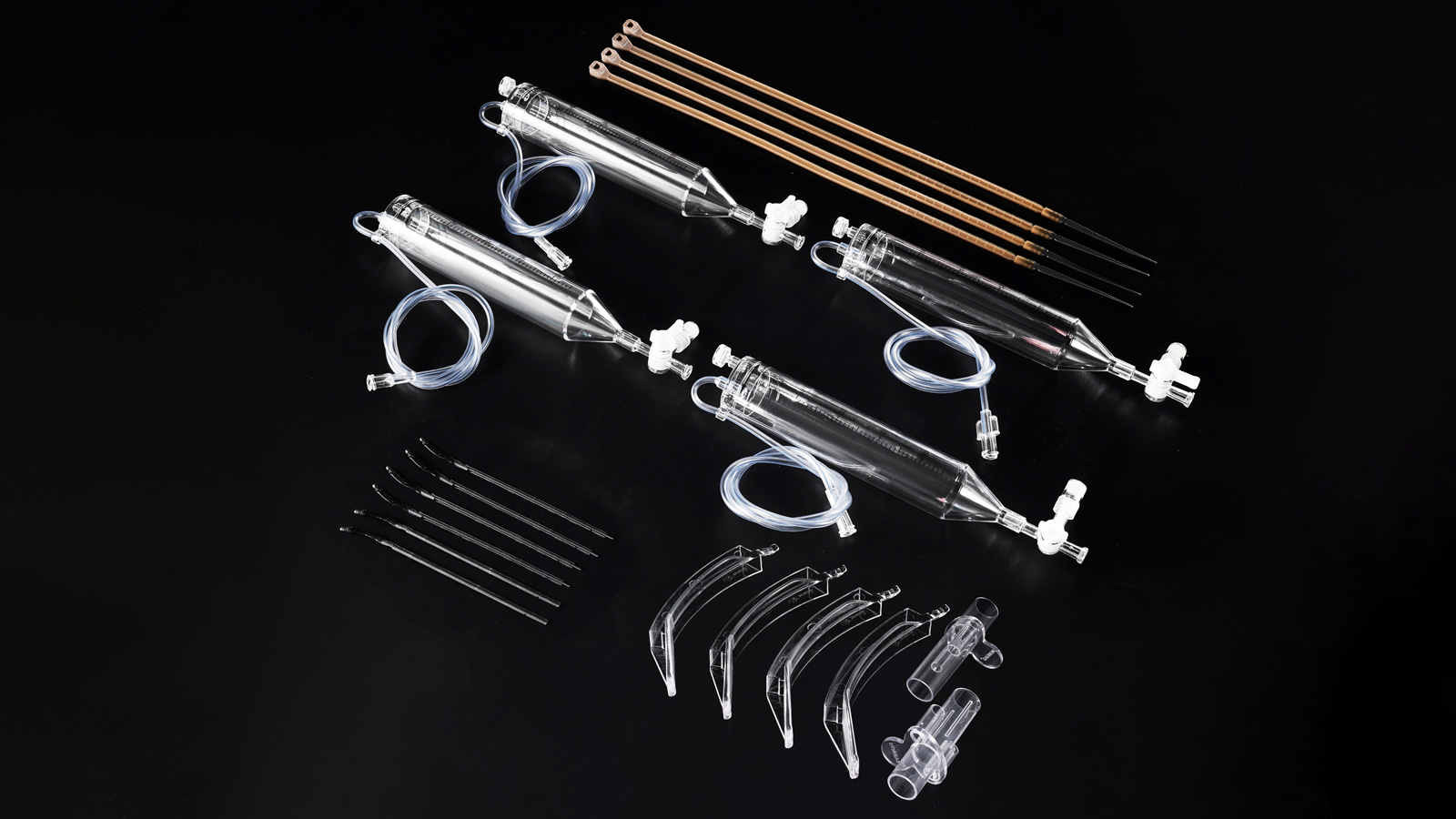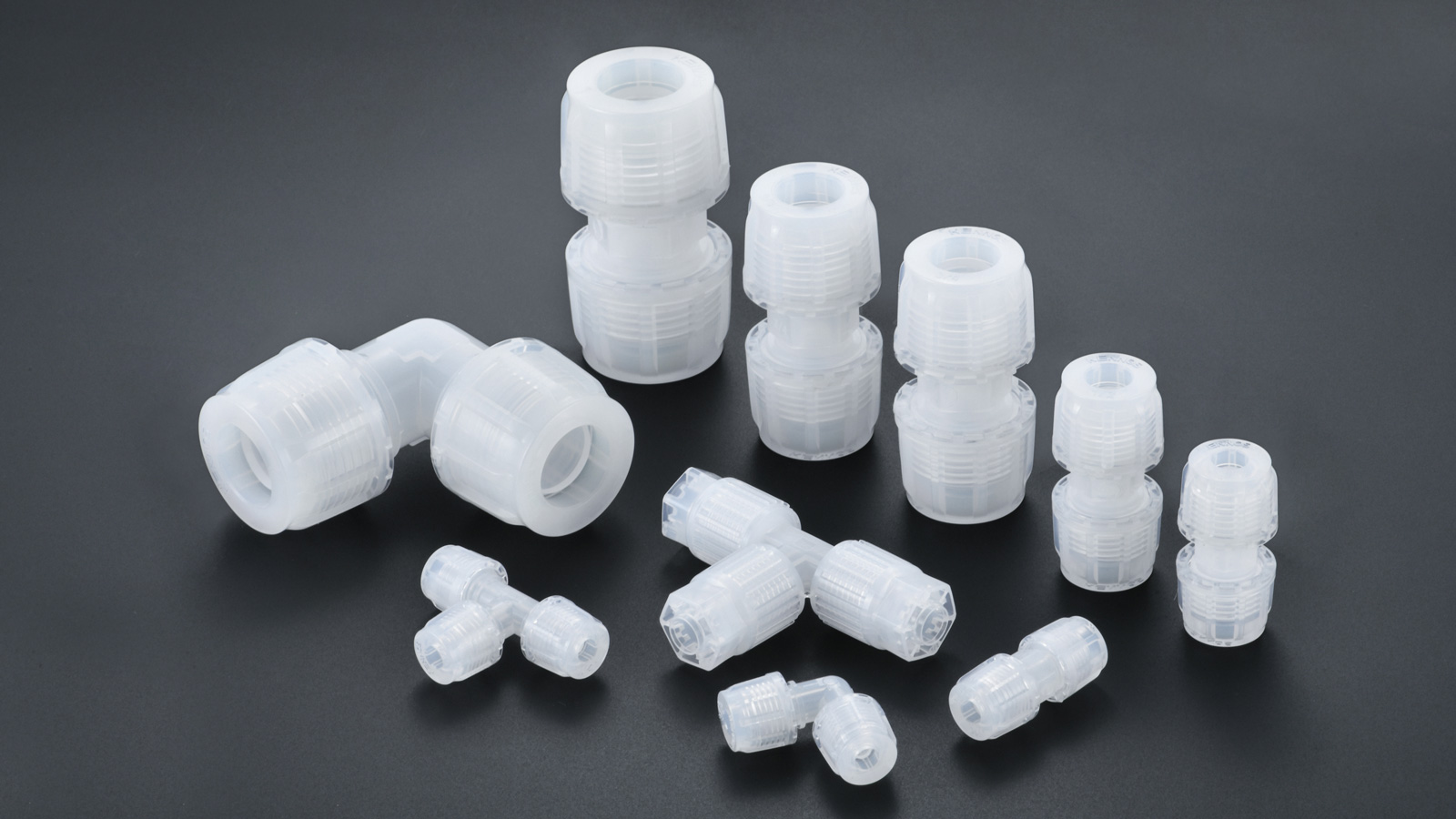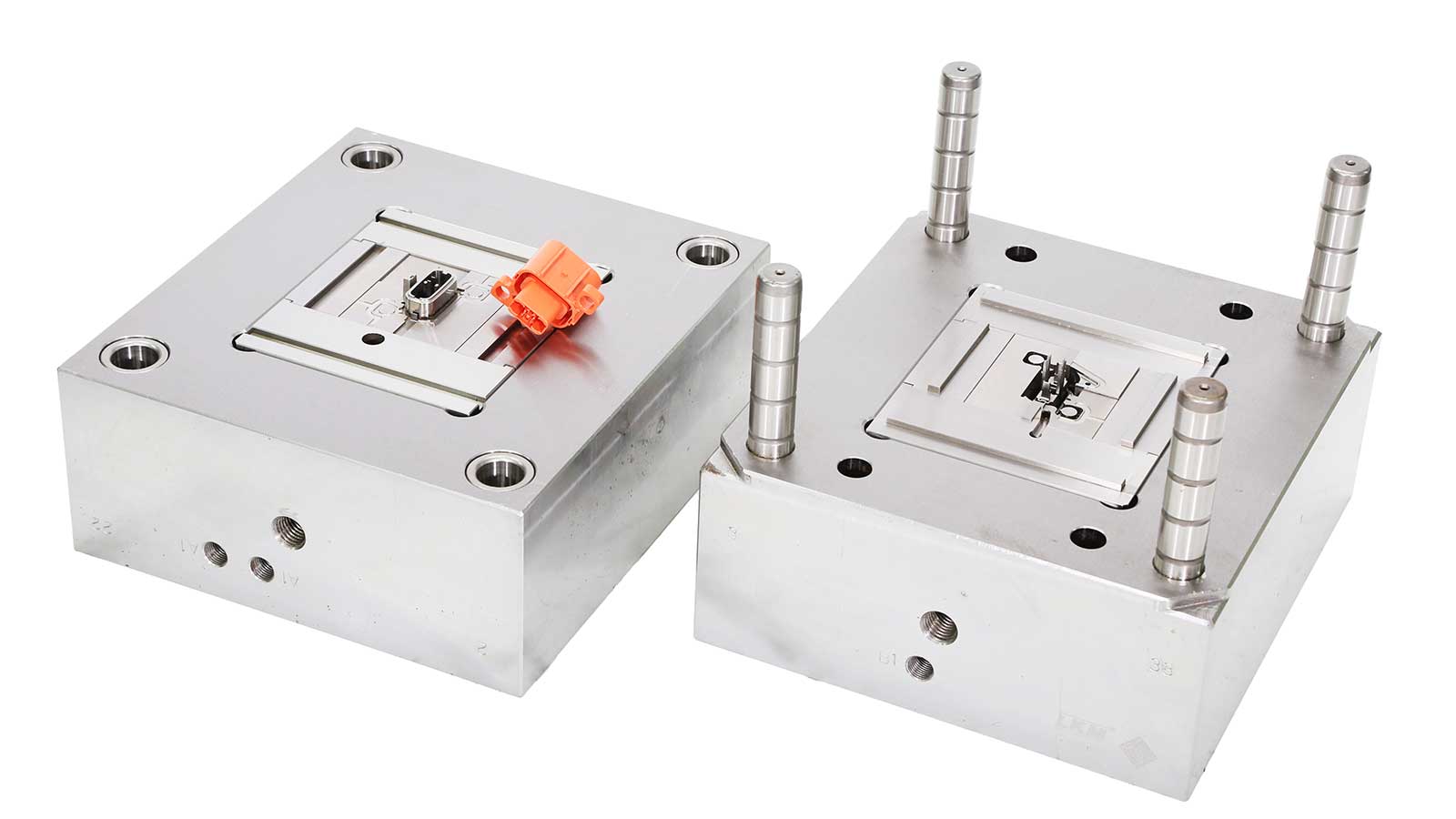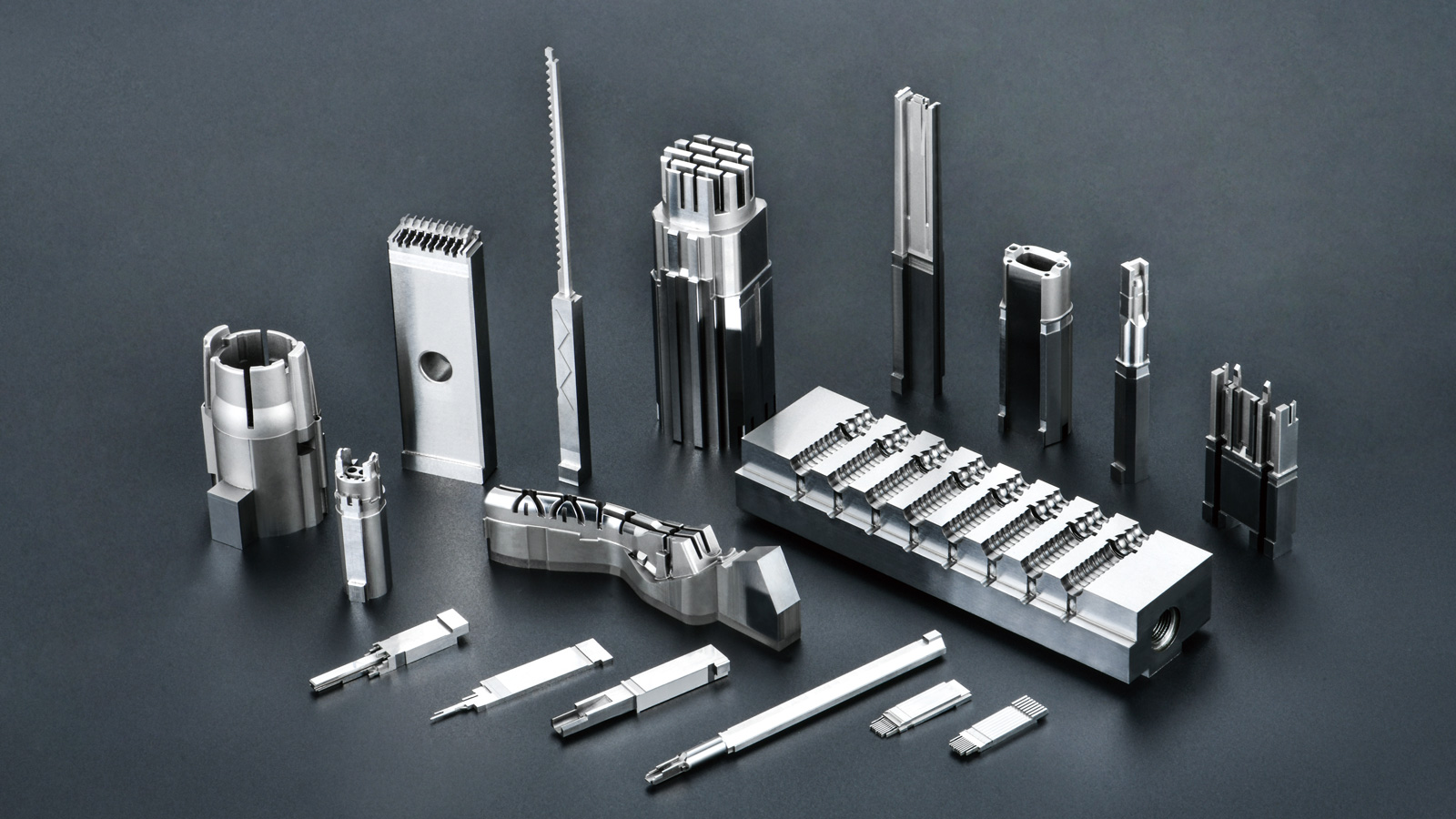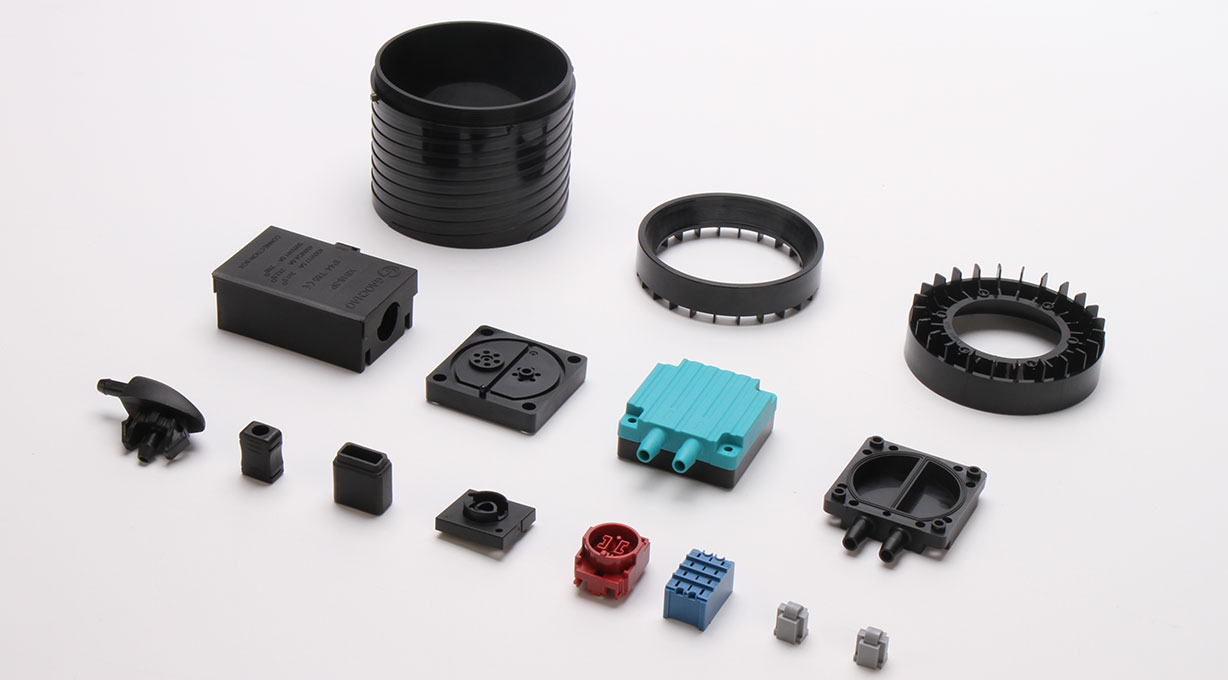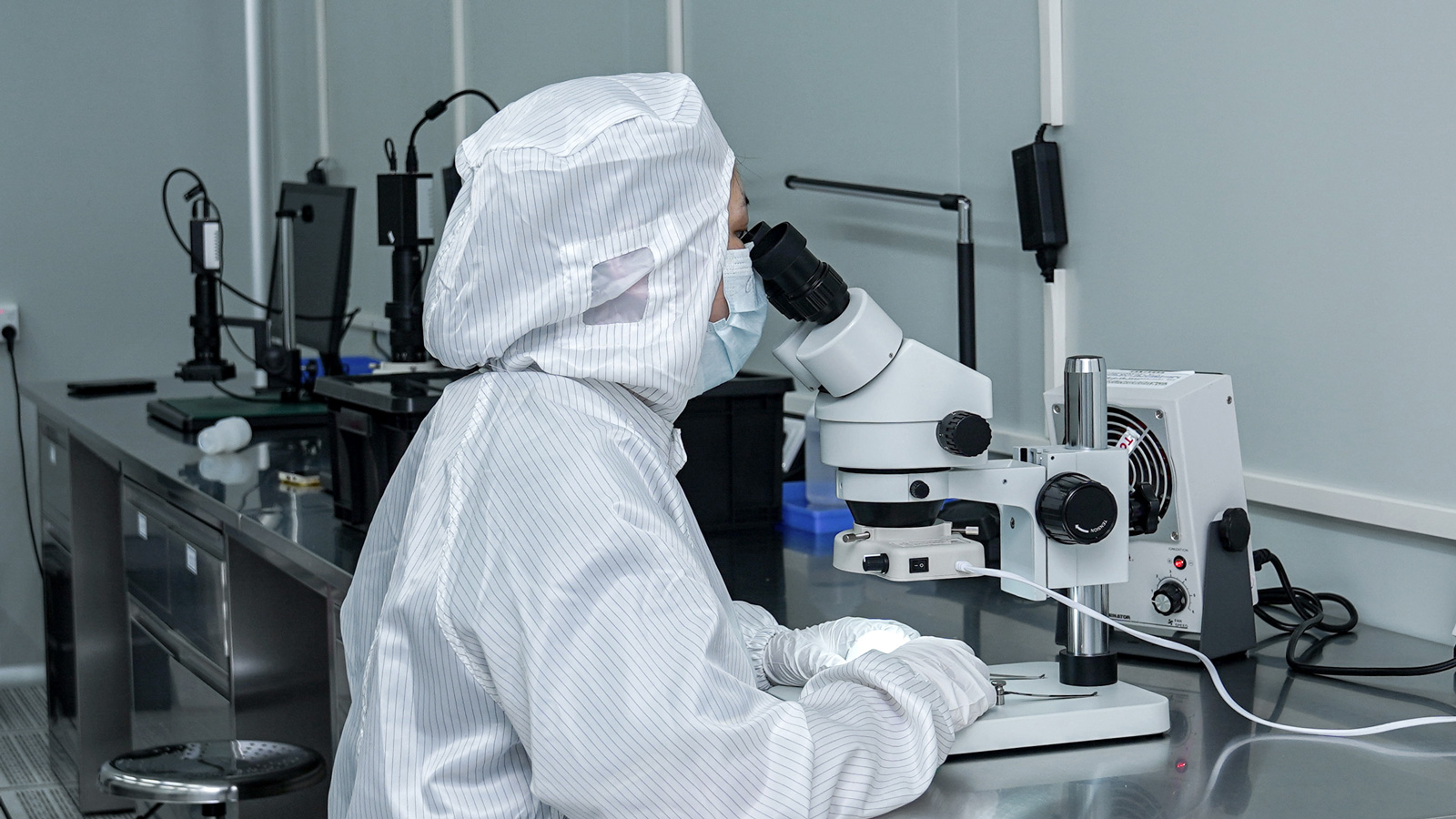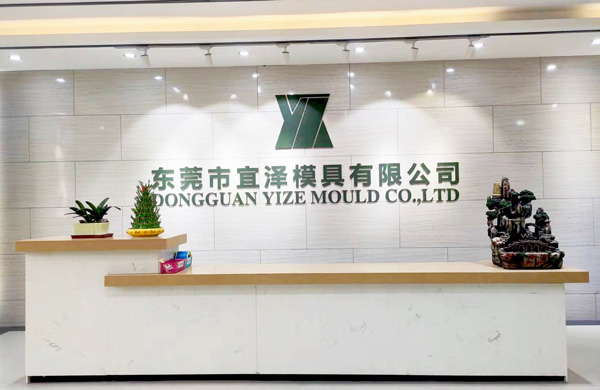In the broad field of mold manufacturing, injection molds hold an important position with their unique advantages. Compared with other types of molds such as stamping molds and die-casting molds, injection molds have distinct characteristics. Below is a detailed introduction to the five major features of injection mold manufacturing.
I. High Difficulty in Processing Cavity and Core
The cavity and core directly form the external and internal shapes of plastic components. These components often feature complex three-dimensional surfaces, making the processing relatively difficult, especially the molding surfaces in the blind holes of the cavity. If traditional injection mold manufacturing methods are used, a high level of technical expertise is required from mold manufacturers. Numerous auxiliary fixtures and tools are needed, and the entire injection mold manufacturing cycle is prolonged. It’s like in the delicate art of carving, where every detail needs to be precisely controlled, and any slight oversight can affect the overall quality, increasing the complexity and challenges of manufacturing.
II. Stringent Requirements for Precision, Surface Quality, and Long Service Life
Currently, the dimensional accuracy of general injection-molded parts is required to reach IT6 – 7, with a surface roughness of Ra0.2 – 0.1μm. This necessitates that the dimensional accuracy of corresponding injection mold parts reaches IT5 – 6, and the surface roughness Ra is less than 0.1μm. Taking laser disc recording as an example, its surface roughness needs to reach the mirror-finish level of 0.02 – 0.01μm, with the mold surface roughness being less than 0.01μm. Such high precision requirements are akin to building a precise structure in the microscopic world, where no room for error is allowed.
Long-service-life plastic injection molds are crucial for improving injection efficiency and reducing the injection cost of large-scale production. At present, the service life of injection molds is generally required to exceed one million cycles. To achieve this goal, precision injection molds adopt rigid mold bases, increase the thickness of mold plates, and add support columns or tapered positioning elements to prevent mold deformation under an internal pressure that can reach up to 100MPa. Meanwhile, the ejection device, as a key factor affecting the deformation and dimensional accuracy of plastic products, requires careful selection of the optimal ejection points to ensure uniform demolding. Moreover, most high-precision injection molds adopt an insert or fully assembled structure, greatly improving the processing accuracy and interchangeability of mold parts.
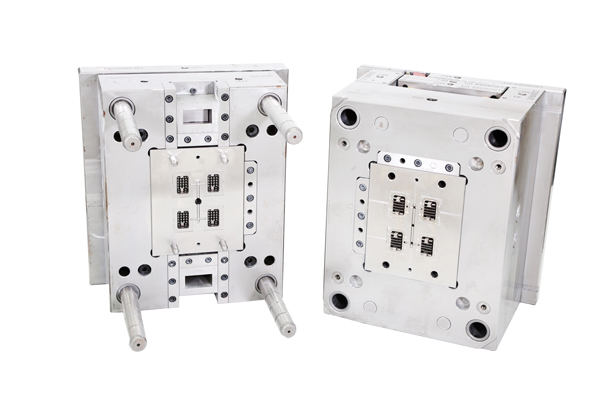
III. Tight Production Schedule
For injection-molded parts, most of them need to be matched with other plastic parts to form a complete product. In many cases, other parts have already been completed, and there is an urgent need for the injection-molded parts to enter the market. Due to the extremely high requirements for the shape or dimensional accuracy of plastic products and the different characteristics of various resin materials, it is necessary to repeatedly conduct mold trials and correct the mold after injection molding. This is like rushing to put on a time-sensitive performance, where every step has to be done in a hurry, resulting in a very tight delivery time for mold development and injection mold manufacturing.
IV. Separate Locations for Product Design and Injection Molding Processing
The manufacturing of injection molds is not the ultimate goal; the product company proposes the finished product design. Injection mold manufacturers design and manufacture plastic injection molds according to the requirements of the product company. In some cases, mold design and the injection molding of plastic products are not even carried out in the same injection molding factory. This leads to the design of plastic parts, mold design and manufacturing, and injection molding being carried out in different injection molding factories, similar to splitting a production line into multiple links and advancing them simultaneously at different locations, increasing the difficulty of coordination and communication.
V. Clear Professional Division of Labor and Dynamic Mold Assembly
Small-batch injection mold manufacturing usually falls under the category of single-piece mold manufacturing. However, injection molds involve numerous standard mold parts, ranging from mold bases to small ejector pins, with a wide variety of types. The manufacturing of these parts cannot be completed by a single manufacturer alone, and the manufacturing process is complex, with extremely uneven use of general-purpose equipment and CNC equipment. It’s like a large symphony orchestra, where each instrument has its unique role, and different professionals need to collaborate and coordinate to create a wonderful performance. Similarly, injection mold manufacturing also requires professional division of labor and dynamic assembly in various links to achieve efficient production.
The five major features of injection mold manufacturing not only reflect the complexity and challenges of its manufacturing process but also highlight its important position in modern industrial production. Understanding these features helps us better recognize and apply injection molds and promote the continuous development of related industries.
